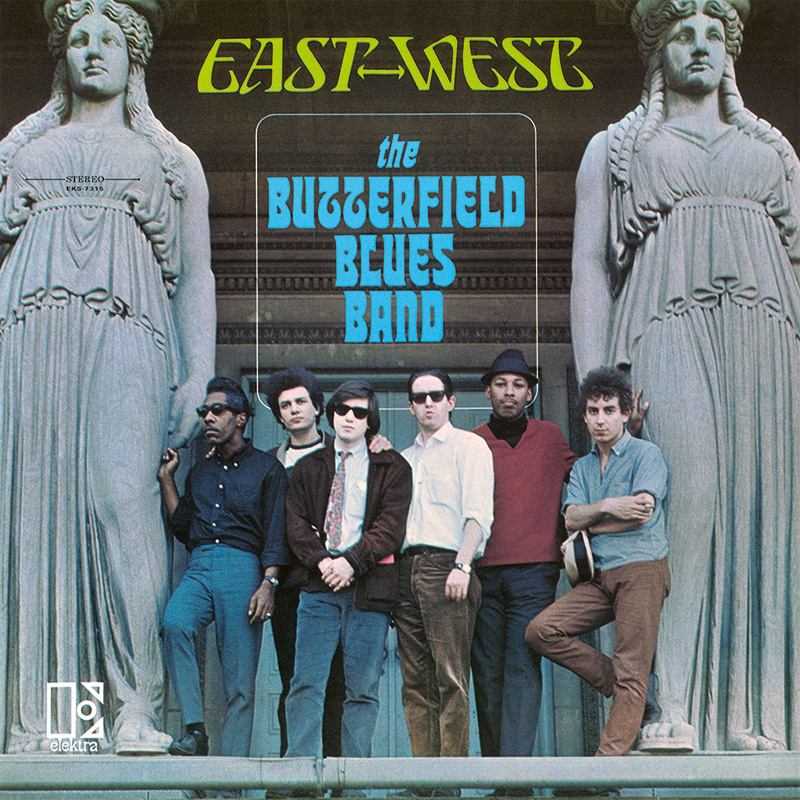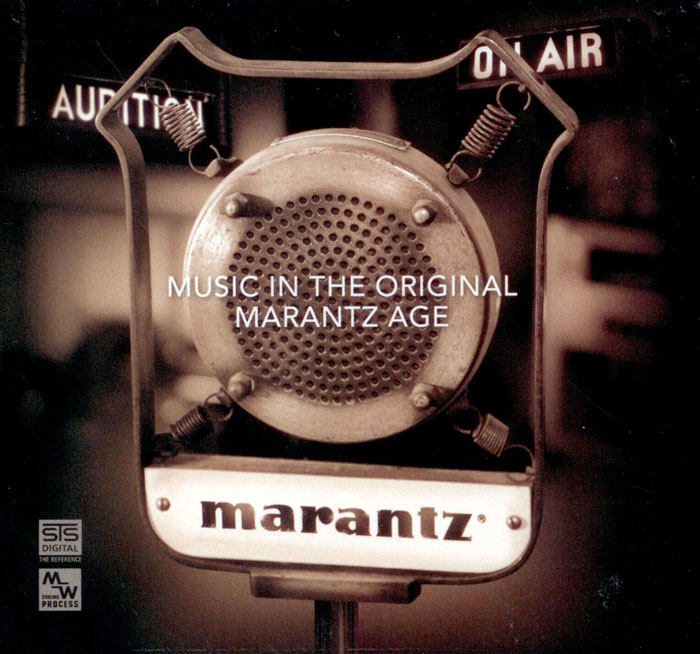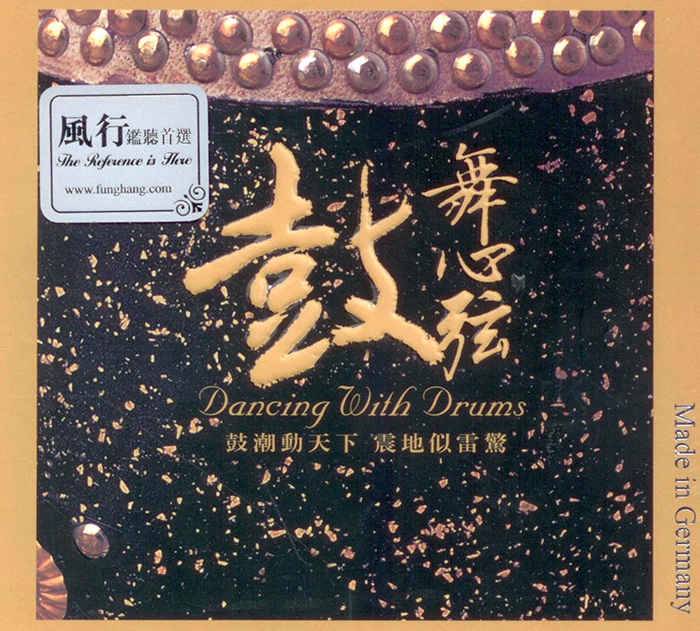Logowanie
Mikołaj - ten to ma gest!
Miles Davis, Horace Silver, Jay Jay Johnson, Percy Heath, Kenny Clarke, Lucky Thompson
Walkin'
20bit K2Super Coding - ale jak to brzmi!
Kasety magnetofonowe
Winylowy niezbędnik
ClearAudio
Double Matrix Professional - Sonic
najbardziej inteligentna i skuteczna pralka do płyt winylowych wszelkiego typu - całkowicie automatyczna
The Paul Butterfield Blues Band
East-West
- The Paul Butterfield Blues Band - group
Following their successful debut, The Paul Butterfield Blues Band convened in July of 1966 to record their second album, East-West. Recorded at the famed Chess Studios in Chicago, this session marked many changes for the band. Original drummer Sam Lay was forced to leave the band due to illness and was replaced by Billy Davenport. Lead guitar duties, handled exclusively by Mike Bloomfield on the first LP, were now shared with fellow guitarist Elvin Bishop. The biggest change, however, was the evolution of their musical direction. While the album included traditional blues covers like its predecessor, the title track, written by Bloomfield and Nick Gravenites, displayed a distinct Indian influence, echoing the raga experiments of John Coltrane and incorporating modal jazz elements introduced by Miles Davis on his legendary Kind of Blue album. Beyond the title track, the album includes songs by Robert Johnson, Muddy Waters, Allen Toussaint and interestingly, a Mike Nesmith composition, 'Mary Mary,' that would be recorded by The Monkees the following year for their second album, More of The Monkees. East-West?s distinct cover portrait, featuring the group standing between two towering statues, was photographed at Chicago?s Museum of Science and Industry. '



































